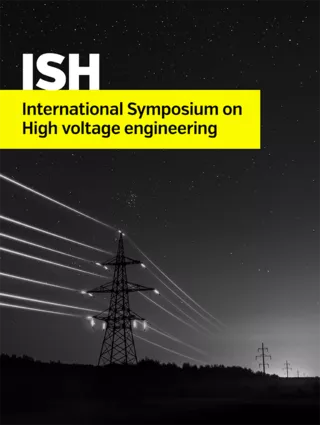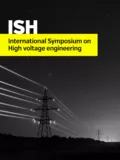Summary
Static frequency converters have been replacing more and more the conventional regulating transformers and the motor-generator sets as front-end in AC high voltage test systems due to their frequency versatility and their compactness. Specifically designed sinusoidal and noise filters are needed to limit the total harmonic distortion (THD) content to less than 5%. The carrier frequency and the blanking time of the semiconductor switching determine significantly the amount of harmonics produced by the frequency converter. These harmonics should be kept as small as possible but cannot be completely avoided. Inductances of the sinusoidal and noise filters and the stray inductances of the matching and high voltage transformers build up with the capacitive load a series resonance circuit which might significantly magnify the harmonics produced by the frequency converter. The understanding of the mutual influences of carrier frequency, blanking time, stray and series impedances and transformer core saturation effects on the final output voltage THD value is of utmost importance. It should be < 5% for the complete load range, frequency range and for the complete modulation range of the static frequency converter. THD measurements are presented at the end.
Additional informations
| Publication type | ISH Collection |
|---|---|
| Reference | ISH2017_337 |
| Publication year | |
| Publisher | ISH |
| File size | 1 MB |
| Pages number | 6 |
| Price for non member | Free |
| Price for member | Free |




